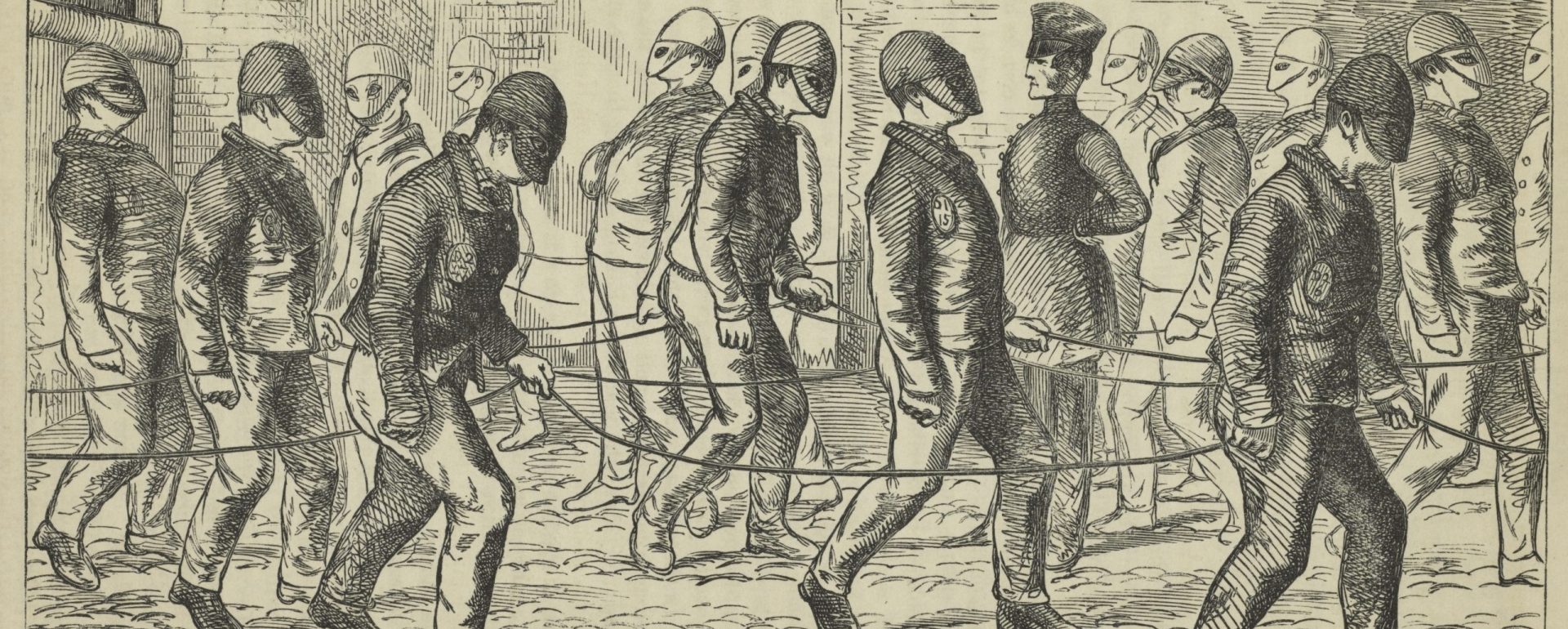Throughout this class, in searching for the themes of criminal representation, even the most unsuspecting cases should be examined.
A critical example of an atypical criminal comes from that of a famous short story set in the 1930s deep South during the Depression Era. Eudora Welty, Pulitzer Prize-winning American short story writer, wrote an incredible story that exemplifies the reason that criminal representation is critical to the understanding of a story and can make the difference between incredible detail recognition and wrongful conviction … or non-conviction.
“A Worn Path”, written in 1941, follows the journey of Old Phoenix Johnson, who lives as a grandmother to a young boy who allegedly suffered a severe throat injury and requires a ‘soothing’ medication to regulate his symptoms. Ms. Johnson travels a slow and dangerous road to Natchez, Mississippi from her home in the rural side of the country to get the medication her grandson needs for his injuries.
In failing to read the details of the story, other scholars who have examined this short story have come to an optimistic conclusion about the strength and perseverance of an old woman taking a long treacherous road to get medication for her long-sickened grandson.
However, the story indicates surfeit evidence that directly contradicts this idea of strength and perseverance.

Welty represents the criminal in this story as an innocent old woman to trick the readers into feeling sympathy for Mrs. Johnson. Considering her contradictory behavior along the path, the audience can conclude that Old Phoenix Johnson’s grandson is dead. She makes the journey selfishly with a guilty conscience under the guise of her grandson’s well-being because she is addicted to his prescribed opiate medication.
We can conclude that her grandson is dead considering the nature of his injury that Welty discloses. Old Phoenix Johnson’s grandson swallowed lye.
“Every little while his throat begin to close up again, and he not able to swallow. He not get his breath. He not able to help himself.”
This is the exact description of an esophageal stricture.
Stricture, the most common injury caused by lye ingestion in children, causes permanent damage to the lining of the esophagus and stomach. Ingestion itself would not cause immediate death, but rather the slow swelling of the esophagus to prevent swallowing. The child would then waste away from dehydration and starvation. The only way to safely manage the symptoms of esophageal stricture today is by an endoscopy procedure called esophageal dilation, which did not arise until the 1960s. Thirty years prior Ms. Johnson would not have been able to get a dilation time to cure his condition.
On top of her grandson’s condition, Welty’s physical description also tells the audience that Ms. Johnson follows the theme of an addict suffering withdrawals.
“[…] two knobs of her cheeks were illumined by a yellow burning under the dark […]”
This yellowing is a condition called jaundice a major identifier of liver damage, one of the most prevalent effects of substance abuse.
She is seen speaking to inanimate objects, such as talking to plants, and dances with a scarecrow claiming her senses have been lost.
“Thorns, you doing your appointed work. Never want to let folks pass—no, sir. Old eyes thought you was a pretty little green bush […] You scarecrow,’ she said. Her face lighted. ‘I ought to be shut up for good,’ she said with laughter. ‘My senses is gone.”
Although Ms. Johnson is an elderly woman who appears to be losing her senses, she is not as lost to the world as she makes the audience think after she crosses a long log with her eyes closed for balance; like a spectacle
In keeping her agenda throughout, Ms. Johnson has three meetings throughout the story, each of which she is seen taking advantage of the people she encounters. Addicts will often exploit others to push their own agenda. Ms. Johnson, even while believing she is doing the right thing for her grandson, has a mind deteriorated by substance abuse. She only makes the journey for personal gain and works hard throughout the story to maintain her composure using her age as a crutch to get help from others. Thievery lies, and deception are themes in the story. Welty does a fantastic job keeping these sins hidden from the reader.
Let’s look at a real-world example of a criminal performing in the way that Old Phoenix Johnson is.
Dorothea Helen
In 1988, a seemingly sweet elderly woman was arrested for the murder of more than six individuals (Goldfarb). Dorothea Helen Puente, seen as nothing more than a loving grandmother who wanted to help those less fortunate, was a serial killer who had been operating for over thirty years before getting caught. Dorothea Helen and Pheonix Johnson operated under the same guise of senility and kind hearts.

Let’s Conclude
The discussion around the representations of criminals in the media has been long debated and finding the answer to the ‘right’ way to portray criminals only comes with more questions. (We have discussed this in class in conversations about media roles in criminal justice.)
However, it is safe to conclude that stereotypes that categorize individuals as ‘less dangerous’ may need to be reevaluated considering the abilities of these two women and their commitment to their illegal behavior.
In recognizing Welty’s portrayal of the criminal, much of the audience believes Old Phoenix Johnson is an innocent elderly woman who is looking to help her grandson. However, when taking a deeper dive into the details of Ms. Johnson’s behavior, there is a stronger picture of the truth. It is truly the literary power in Welty’s characterization of Ms. Johnson that convinces the audience that the story follows themes of perseverance and strength from the loving grandmother who is faced with many adversities on her journey. And now we even see that these types of individuals are not only products of fiction.
Can it be said that they are more likely to commit crimes because of their immunity to justice? There are TWO examples in this article alone of criminals operating under the elderly trope. How many other unsuspecting classes have gotten away with criminal activity without investigation despite their actions?
To tie things back to the focus of the class. The study of criminal representation is important because it teaches students to read between the lines of the material that is presented here. Today, the younger generations move too quickly, and the human attention span has been rendered down to less than ten seconds. Remember back to when you were looking at images in class and physically reading the story in the details. Criminal representation forces individuals to focus on the entire story, image, or crime scene, down to the dust in the corner of the room, to tell a story in its entirety. This study on Eudora Welty’s criminal Grandmother in “A Worn Path” shows us exactly that.
Discussion Questions:
- Read Eudora Welty’s “A Worn Path.” Can you find any other examples that prove this claim? Any that disprove it?
- Do you believe that this is a real issue in society? Can you think of any instances in or outside of Criminal Representation that agree with the theme that unsuspecting classes get away with wrong or bad things?
- What characteristics of individuals make them more or less suspecting of criminal activity. Is it fair to judge people based on their outward behavior or appearance? Can you think of any real world examples of this working for or against someone on trial in real life?

